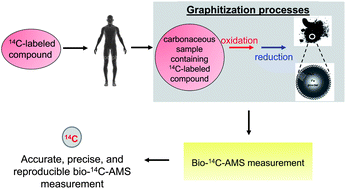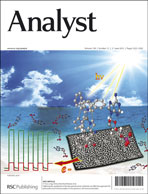Biological and biomedical 14C-accelerator mass spectrometry and graphitization of carbonaceous samples
Abstract
Accelerator mass spectrometry (AMS) is the ultimate technique for measuring rare isotopes in small samples. Biological and biomedical applications of 14C-AMS (bio-14C-AMS) commenced in the early 1990s and are now widely used in many research fields including pharmacology, toxicology, food, and nutrition. For accurate, precise, and reproducible bio-14C-AMS analysis, the graphitization step in sample preparation is the most critical step. So, various sample preparation methods for a process called graphitization have been reported for specific applications. Catalytic graphitization using either a flame-sealed borosilicate tube or a septa-sealed vial is a popular sample preparation method for bio-14C-AMS. In this review, we introduce the AMS system, especially for bio-14C-AMS. In addition, we also review the graphitization method for bio-14C-AMS to promote further understanding and improvement of sample preparation for this technique. Examples of catalytic graphitization methods over the past two decades are described.


 Please wait while we load your content...
Please wait while we load your content...